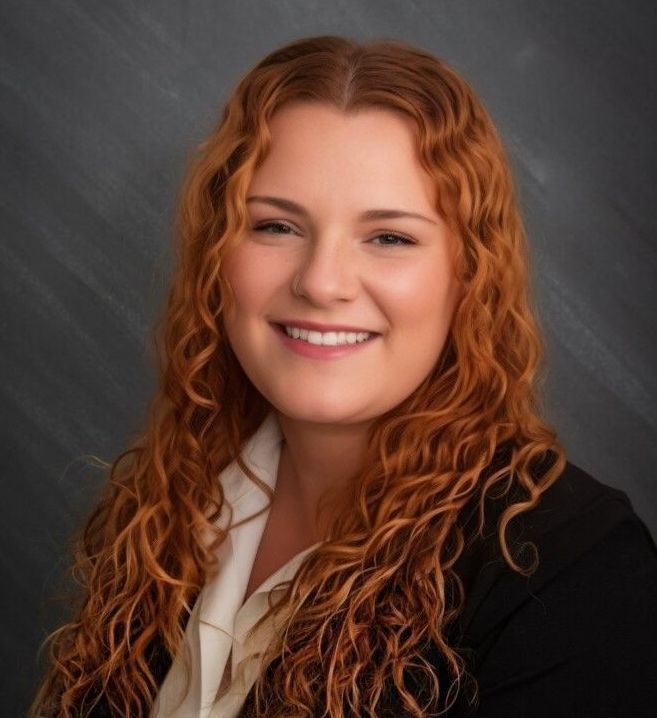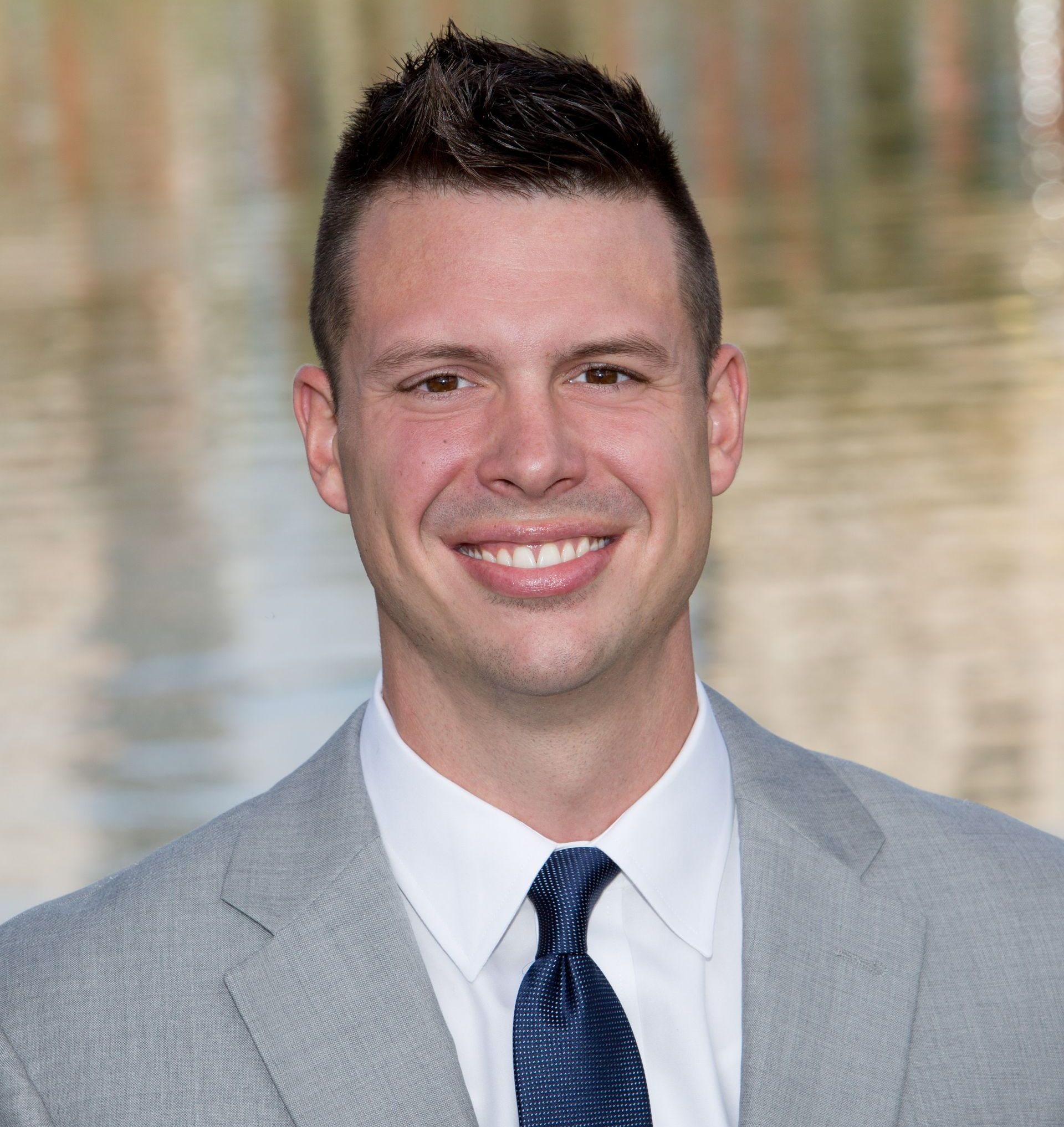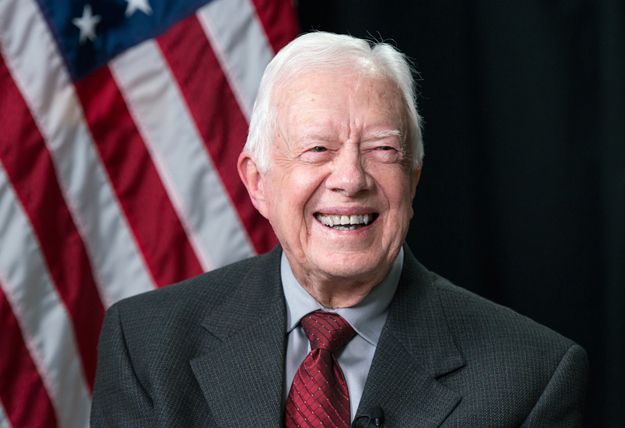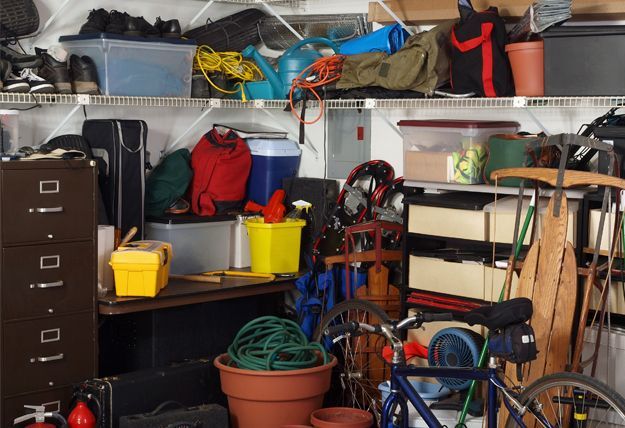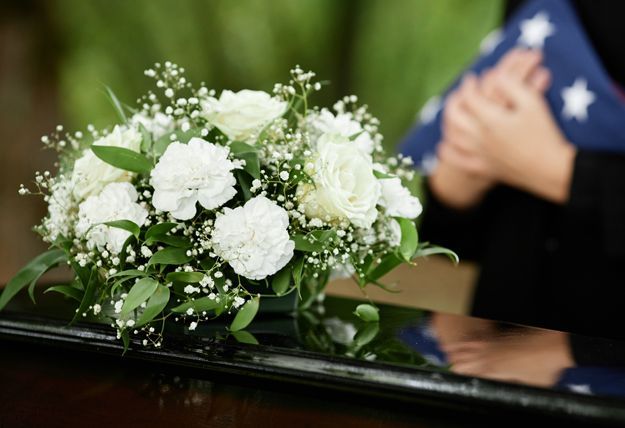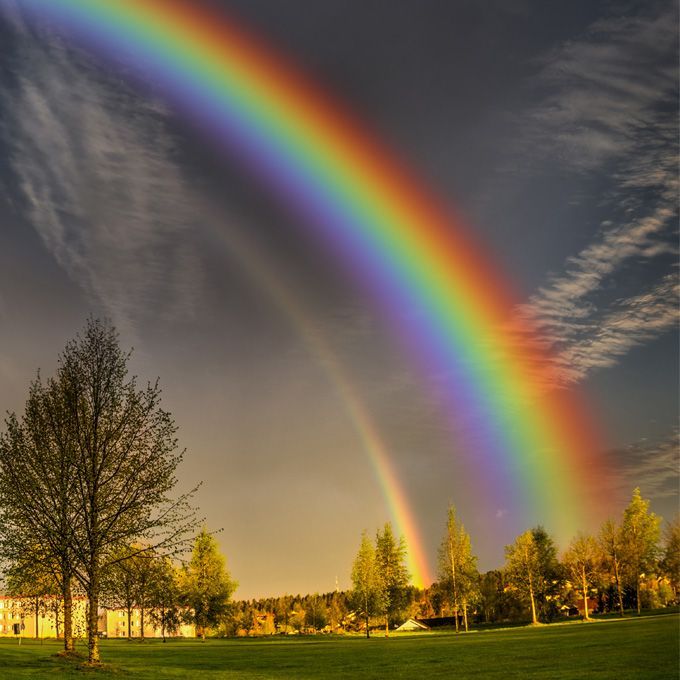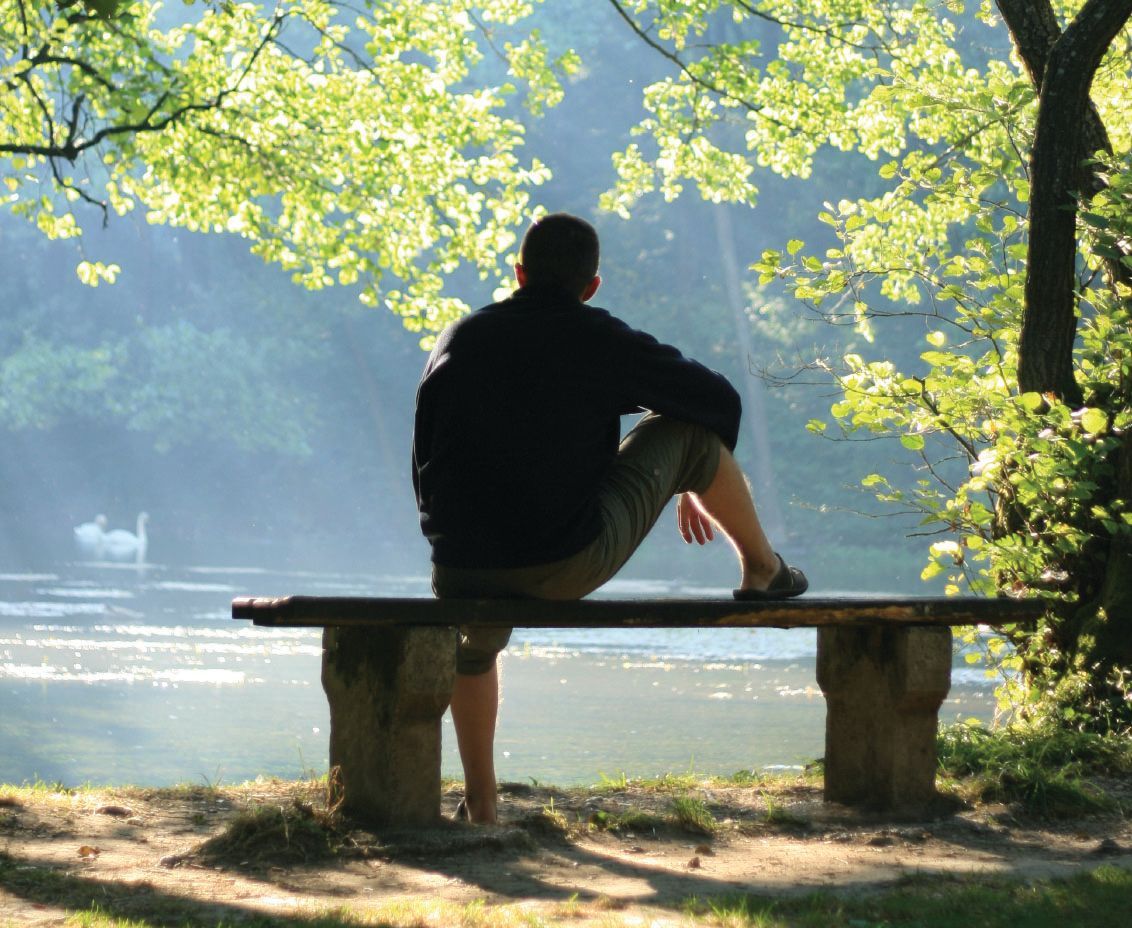AVAILABLE 24/7
CALL TODAY | 717-774-7721 | AVAILABLE 24/7
Going Green
I think it’s safe to say that the “going green” initiative is here to stay. In fact, if you take a look around, there are constant reminders and advertisements that the government, the private sector, and we, as individuals, are consciously taking steps to eliminate waste and protect the environment. Cars have become more fuel efficient, major appliances draw less power or use less water than previous models, the government has taken a closer look at carbon emissions, and alternative clean energy sources are becoming more available and affordable.
Keeping pace with the rest of society, the funeral industry now offers green options for final disposition. While green burial has been a popular option on the West Coast and other parts of the United States, it’s just beginning to gain traction here in the mid-state.
Green burial options
So, what exactly does a green burial entail? Well, there isn’t a single definitive answer to that question, but certain forms of disposition are viewed as eco-friendly, and are therefore termed “green” in nature. Generally, a burial is considered green if it conserves natural resources, preserves the environment, and is safe for the general public.
The most common form of green burial is the burying of an unembalmed body in a biodegradable body wrap, or shroud. When it comes to preservation, refrigeration is employed, rather than embalming. Depending on the cemetery’s rules, a green burial container or casket might not be required. However, many families prefer this time-honored tradition. There are green caskets constructed of wood, wool, and various other biodegradable materials.
If the family wishes to have a viewing before the burial, there are eco-friendly embalming fluids that can be used to preserve the body. Instead of the toxic, formaldehyde-based chemicals typically used in a standard embalming, essential oils (derived from plants) are used. There are tradeoffs, however. The essential oils cannot penetrate and fixate tissue as efficiently as traditional fluid, resulting in a dramatically shorter window of preservation.
In addition to the way the body is prepared, green burials often have a different way of marking the grave and interring the body. For example, instead of the traditional tombstone or marker, a flat rock with an inscription may lie somewhere on the plot. Plants and trees are often planted atop the plot, helping return the grounds to their natural state. Traditional graves are dug to be roughly six feet deep. However, a grave for a green burial is typically half that depth to speed the decomposition process through greater oxidation of the remains. Along those same lines, nutrient rich soil, as well as compost and other organic waste products, are used as backfill to promote decomposition of the body, and life above it.
Why choose green burial?
So, why go this route? The fact is, it’s strictly one’s preference. However, I would suspect that an overwhelming majority of those who choose green burial do so because it’s the most environmentally-conscious option. National Geographic
estimates that in the United States alone, approximately 30 million feet of wood and 90,000 tons of steel are used producing caskets each year. Additionally, 800,000 gallons of toxic embalming fluid is used to preserve deceased individuals each year. And of course (as I’m sure you can figure out), these chemicals ultimately end up in the earth.
Where can you choose green burial?
Parthemore works with cemeteries offering green alternatives, including the Paxtang Cemetery, in Harrisburg, PA, which is the first local cemetery to offer green burial options to the public. This cemetery has a designated area for green burials, characterized by undisturbed wildlife and vegetation. If you’re having trouble visualizing this area, or have further questions about green burial, Paxtang Cemetery is a good place to start. I’ve provided a link to their website, which includes their contact information and green burial guidelines, at the conclusion of this blog. Without green cemeteries, green burials cannot happen. We cannot provide families with green burial options without cemeteries equipped to bury bodies without caskets or vaults.
Hopefully you can walk away knowing a little more about green burials, and equally important, that this is
an option in our area. Keep your eyes open for more green burial news in the future; it’s a market that’s sure to grow (no pun intended).
by: Gibby Parthemore



Find Us On Social Media
© Parthemore Funeral Home & Cremation Services, Inc. All Rights Reserved. Admin Login
© Parthemore Funeral Home & Cremation Services, Inc. All Rights Reserved. Admin Login

